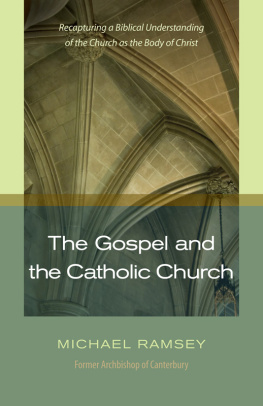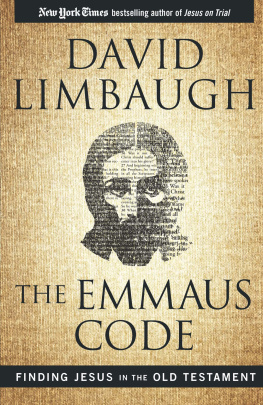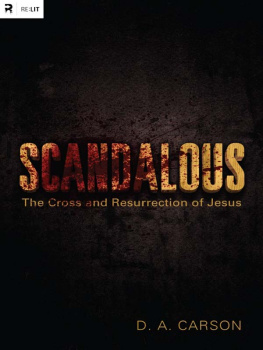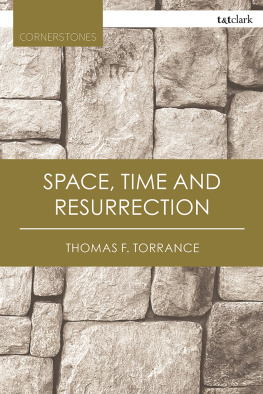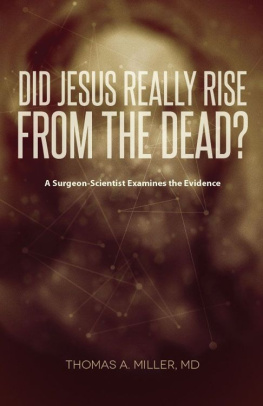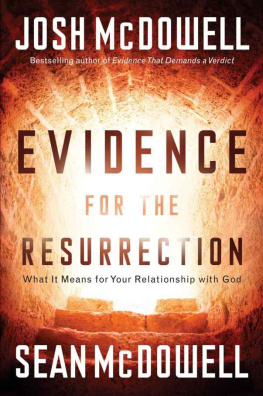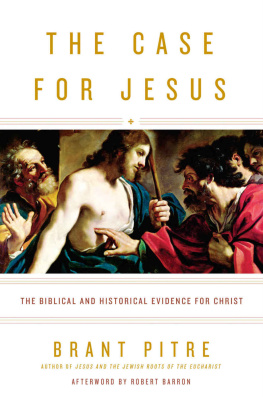First published by Chronos Books, 2016
Chronos Books is an imprint of John Hunt Publishing Ltd., Laurel House, Station Approach, Alresford, Hants, SO24 9JH, UK
www.johnhuntpublishing.com
For distributor details and how to order please visit the Ordering section on our website.
Text copyright: John Koerner 2015
ISBN: 978 1 78535 316 1
Library of Congress Control Number: 2015954379
All rights reserved. Except for brief quotations in critical articles or reviews, no part of this book may be reproduced in any manner without prior written permission from the publishers.
The rights of John Koerner as author have been asserted in accordance with the Copyright, Designs and Patents Act 1988.
A CIP catalogue record for this book is available from the British Library.
Design: Lee Nash
Printed and bound by CPI Group (UK) Ltd, Croydon, CR0 4YY, UK
We operate a distinctive and ethical publishing philosophy in all areas of our business, from our global network of authors to production and worldwide distribution.
Introduction: The Missing Chapter
Qui locutus est per sanctos prophetas
As a professor of American History for the past decade it has disturbed me that mainstream historians are afraid of God. Not that they fear His wrath, but in the sense that our history textbooks have no appreciation of how much religion has influenced peoples lives and actions throughout history. Our separation of church and state has separated God from history. Teaching history should never be about making anyone a believer in a specific faith, nor should it ignore how faith has shaped the past. One of the earliest flags in U.S. history was boldly emblazoned with the words Appeal to Heaven. Lincolns second inaugural address, perhaps his finest speech, would be devoid of most of its meaning if God was removed from it. Our very currency has been placed within the trust of God Himself, meant to be a stark contrast with our godless communist adversaries in the Cold War. Presidents from both major parties can scarcely end a speech without asking God to bless America. The United States has seen two Great Awakenings in the United States, and the birth of two of the fastest growing religions on earth, Scientology and Mormonism, and yet we are still afraid to teach about God with a fact-based, academic approach. This is how the Jesus of history should be examined. Facts are stubborn things, John Adams was fond of saying, and the historical Jesus needs to be reexamined in this light.
My early work as an author and a historian took me into the field of religious mysteries. In examining the life and miracles of Father Nelson Baker, and Father Patrick Power, I investigated miracles through the template of science and evidence, not faith and belief. I have come to the conclusion that science and religion do not have to be bitter enemies. They can easily coexist. In fact, science can be used as a template to prove the existence of the miraculous. The Catholic Church does this with teams of scientists and historians who prove scientific miracles needed for the canonization process. My books on Baker and Power include a number of miracles that by definition cannot be explained by science. It is with this logical approach informed by these years of research that we begin the investigation into the probability that Jesus of Nazareth rose from the dead a second time.
Where is the evidence for this? As we will see, the Gospel of John all but gives away this centuries old secret by leaving a huge narrative gap between chapter 20 and chapter 21, the conclusion of the fourth gospel. Chapter 20 is filled with hope and promise as Christ has returned from the dead and has dramatically called his apostles to action, convincing even the most skeptical of all the believers. Then suddenly, and with stunning immediacy, the apostles have splintered. Within days, the corps leadership group has inexplicably and completely given up, returning to a life that their master had forbidden them to return to. Why would the apostles so readily break up, and then give up, when they had just been rejuvenated by the return of Christ? The only other time this happens in the gospels is when Jesus was crucified. That sent them into despair and into hiding. The conclusion that we are going to reach in this book is that the apostles must have found out that the Son of Man had been executed again by the Romans. This behavior mirrors exactly what they did the first time that Christ died. For a second time, led by Peter, they deliberately chose to end their commitment to Christ in a profound display of utter apostasy. The only factor that could cause such damage to the 11, to end their commitment to Jesus would be if they believed He was dead again. In fact, I will argue that Christ willing submitted Himself to this for some very logical reasons. I admit that this premise will be difficult for many to accept, but ask yourself if billions of people throughout history have believed that Jesus of Nazareth rose from the dead once, why would it not be possible for Him to do so a second time?
In order to prove this, I will demonstrate first that the apostles were ready, willing, and able to begin their missionary work by the end of chapter 20, that Pentecost should have begun then, not later in the Acts of the Apostles. Once that is established, we will make the case for rampant apostasy in chapter 21, which would make little sense if the 11 believed their leader was still walking the earth. Another part of this process will be to dispel the absurd notion that chapter 21 was added on by a different author who was not St. John. As we will see the style is distinctly that of the beloved apostle.
Finally, this book will conclude with a brief fictional account of the last days of Jesus on this earth, based off the evidence presented in the first part of the book. This will allow us to get a better sense of how these events may have transpired 2,000 years ago.
Throughout this book you will find a pursuit of the truth. I have designed this work to be watertight against any potential holes in my argumentation. I have tried to think of every conceivable way that the thesis of this book might be attacked or undermined because I assume many will ignore it, or simply dismiss it outright. However, for those truth seekers with an open mind you will find nothing but logic and evidence within these pages. I have put myself in the position of the skeptic who would question every word. I am confident in my approach here that any argument made against my thesis can be answered with facts, evidence, and logic. My own personal journey while writing this book has taken me along paths I never suspected when I first began this manuscript. All of those wise and careful influences who may have been guiding me along the way in this world or beyond, I thank you for your patience and faith in me. I have nothing but love and respect for you and I pray that I have made you proud with all that follows.
John Koerner
February 2015
Part One
The Second Resurrection of Christ
Chapter One
Confronting Pilate
The Importance of Judas
Et crucifixus est pro nobis sub Pontio Pilato et sepultus est.
It is historically irresponsible to regard Judas Iscariot as merely the traitor who handed over the messiah to certain death. Modern day thinking regards him more as a trusted middle man, a confidant whom the Son of Man could rely upon to coordinate the crucifixion as according to what had been prophesied in Holy Scripture. Author William Klassen in his book





